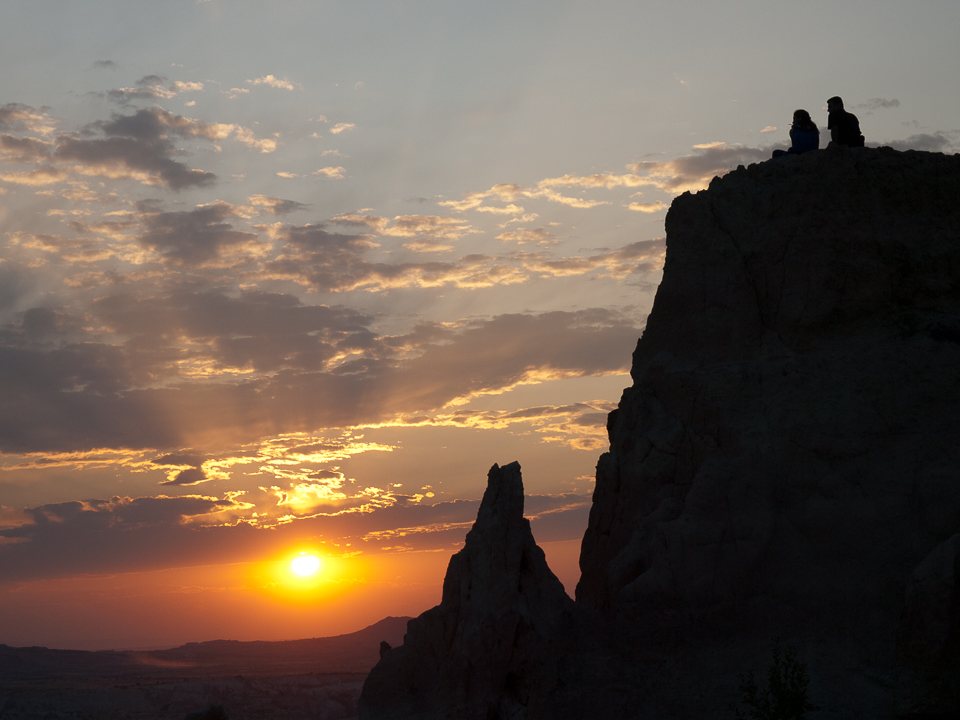
Decades ago, when I (Charles) was in graduate school at Harvard, a well-traveled classmate from France gave me a gift at the end of the academic year: Peter Matthiessen’s The Tree Where Man Was Born, an illustrated book about East Africa. He scrawled a note on the title page: No way do I have time to describe the splendors and beauty of Kenya and northeastern Tanzania. I hope this book will convince you that you should visit East Africa and experience its incredible beauty for yourself.
This book inspired anew my wanderlust. Matthiessen’s narrative, combined with evocative photographs by Eliot Porter, introduced me, and later Mary, not only to East Africa but to a writer who has penned numerous books about far-flung destinations. His books encouraged us to view travel not as a mindless escape or vacation, but as a form of pilgrimage, a way to gain wisdom about the world— and ourselves. Ultimately, we discovered other similar writers.
Below, we share a selection of books we’ve come to appreciate over the years. In them, the authors describe places they’ve visited in eloquent, even ecstatic, language. The first five are narratives about specific journeys. The last is Philip Cousineau’s book, The Art of Pilgrimage, written for would-be pilgrims interested in planning “purposeful” trips.
Shadow of the Silk Road by Colin Thubron (Harper Collins, New York, 2007)
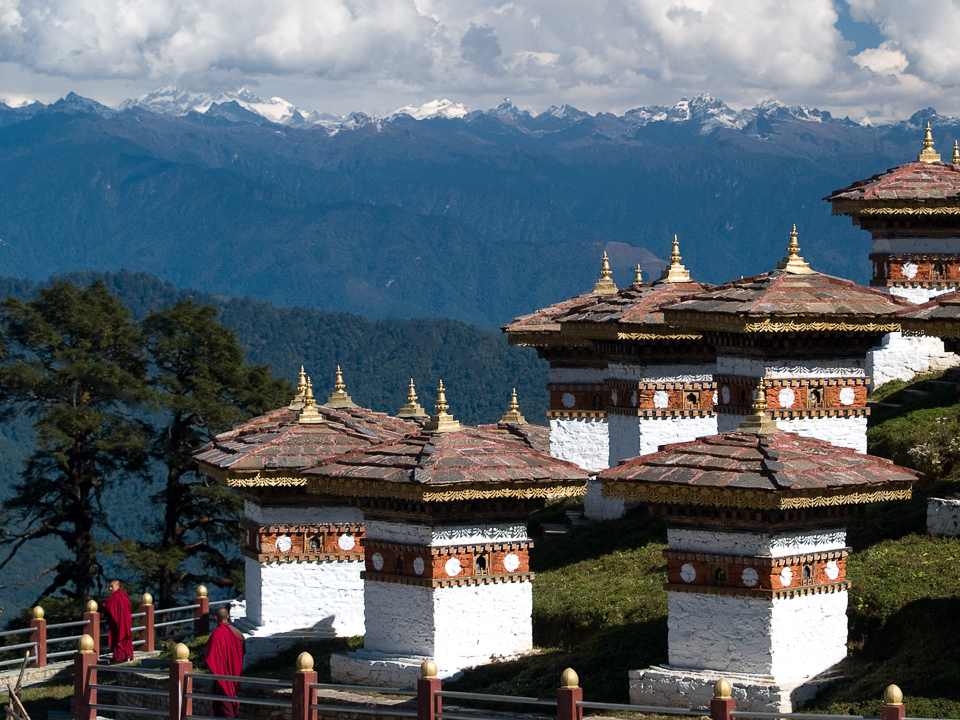
Considered the dean of British travel writers, Colin Thubron travels some 7,000 miles in eight months along the Silk Road, which he describes as not a single road but a “fretwork” of trade routes dating to 1500 B.C. His journey takes him across China, Central Asia, Pakistan, Afghanistan, Iran and Turkey on foot; by bus, truck or car; and even on donkey carts and camels. He typically loves to explore, as he confesses, “places that are beyond my own history, where the river is running in another direction.”
In this narrative, Thubron follows the routes of former traders and armies and brings into focus the ideas, religions and inventions that influenced them. It’s a tour de force that combines poetic description with intimate details. He writes: “Over this desolation, centuries of caravans had moved. At different periods, everything on the known earth had passed this way: frankincense, rhinoceros’ horn, cucumbers, musk, dwarfs, lapis lazuli, peacocks, indigo eyeshadow, even a caged lion or two.”
Thubron is obviously moved as he observes people that are outside his own culture and experiences. Of a remote Buddhist monastery in China, he writes: “Along the galleries of prayer wheels, and threading between all the shrines, the pilgrims marched in dogged, hungry devotion—Tibetans and Mongolians from the grasslands, their hair matted and wild, mysteriously happy. They tramped in robust euphoria. Divinity to them was everywhere. Turn a prayer wheel, light a butter lamp and something was set in motion. The perpetual breath of their prayer, Om mani padme hum, sighed like a low heartbeat.”
In the end, it’s astonishing to him that, while Eastern and Western civilizations were connected by trade, fundamental misconceptions endured over the centuries. He writes, “And still the Romans did not know the land the silks came from.” Meanwhile, the Chinese, in mirror image, knew little about the West. Each had idealized views of the other, though both empires ultimately declined.
Thubron writes: “It was if the road between these empires, a quarter the length of the equator, had leached out in its passage, all their troubles. For, as they declined, both China and Rome were racked by war.” It’s a perspective worth keeping in mind as we struggle with 21st century challenges.
Destinations by Jan Morris. (Oxford University Press/Rolling Stone, New York, 1980)

One of the world’s most acclaimed writers about fascinating destinations is Jan Morris, a native of Wales. In this book, she offers a series of essays about diverse cities, commissioned by Rolling Stone magazine in 1974 and written between then and 1980. As Morris confesses in her author’s note about the essays, “They are not timeless—they describe places at specific moments, in particular moods or conditions.” Yet, we still come away with a sense of the fundamental spirit, or character, of the places she describes—Washington, Manhattan, London, Istanbul, and others. And we learn about the effect these cities have on her.
In the essay about Manhattan, for example, Morris expresses a combination of nostalgia and enduring fascination while recognizing the city isn’t what it used to be. As for the nostalgia, she writes: “Nothing in travel stirs me more than the dream of that old Manhattan, the Titan city of my childhood, when the flamboyant skyscrapers soared one after the other into empyrean, when John D. Rockefeller, jr. poured over the plan for his Center like a modern Midas, when the great liners stalked through the bay with their complements of celebrities and shipboard reporters, and the irrepressible immigrants toiled and clawed their way up the line of Manhattan, from Ellis Island to the Lower East side, to the mid-town affluence of their aspirations.”
Later she confides her enduring fascination with the Big Apple, “I like to spend Sunday mornings watching the al fresco circus down at Washington Square, the gateway to Greenwich Village, where wandering musicians and amateur jugglers compete for the attention of the sight-seers with virtuoso frisbee throwers, classical in their skills and gestures, impromptu demagogues, chess players, itinerant idiots and Rastafari bravos. Often and again then, when I am sitting on my park bench watching this colorful world go by, and I spot a fellow practitioner of my craft, alone on his bench with his notebook, and as our eyes meet, I wonder if I should feel compassion for him, as the struggling artist from his austere garret somewhere, or envy, as the author of tomorrow’s runaway best-seller.”
Her musings reflect not only her ongoing love of observing Manhattan and its people but also her connection with others who, like herself, are called to write.
For more about Jan Morris, read our earlier blog post.
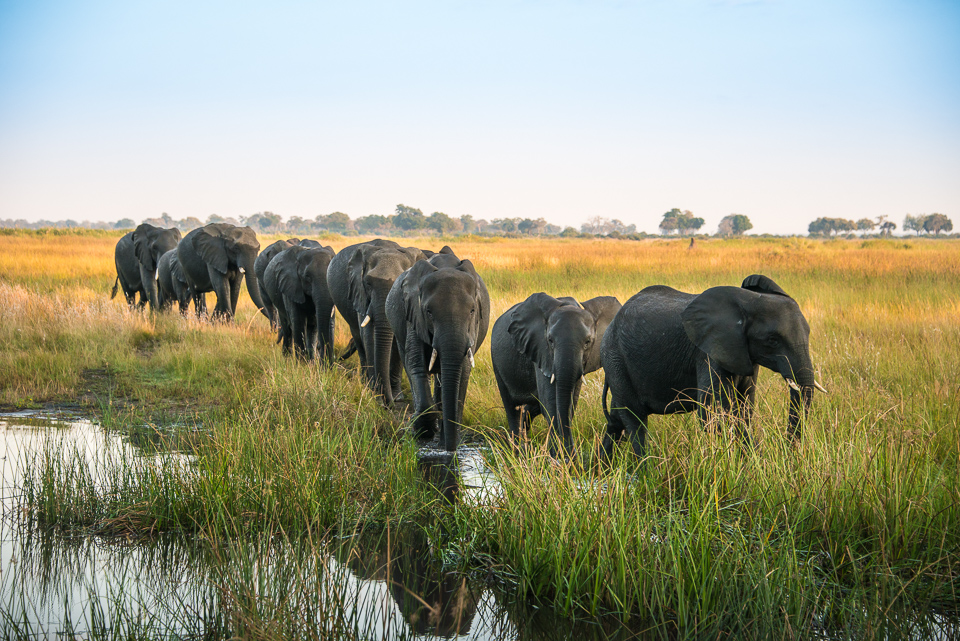
A Glimpse of Eden by Evelyn Ames. (Houghton Mifflin, Boston, 1967)
Evelyn Ames, whose writing has been compared to Isak Dineson, describes the emotions and insights provoked during an East African tented safari with her husband in the late 1960s.
“We thought we knew what to expect, Ames writes. “But we discovered that nothing, really, prepares you for life on the East African Highlands. It is a world, and a life, from which one comes back changed. Long afterwards, gazelles still galloped through my dreams or stood gazing at me out of their soft and watchful eyes, and as I returned each daybreak, unbelieving, to my familiar room, I realized increasingly that my world would never again be the same for having visited that one. Nor does it leave you when you go away. Knowing its landscapes and sounds (even more its silence), how it feels and smells—just knowing it is there—sets it forever, in its own special light, somewhere in the mind’s eye.”
She continues with poignant descriptions of epic landscapes, encounters with wild animals and moments of reflection with her fellow travelers around campfires in the bush. “The myriad creatures were a key to what we are. Western man has done, and made, so much that we have developed a curiously distorted sense of ourselves. We act as if we had forgotten we are creatures— another kind of animal. But in our depths we have not forgotten.”
Desert Solitaire by Edward Abbey. (Simon & Schuster, New York, 1968)
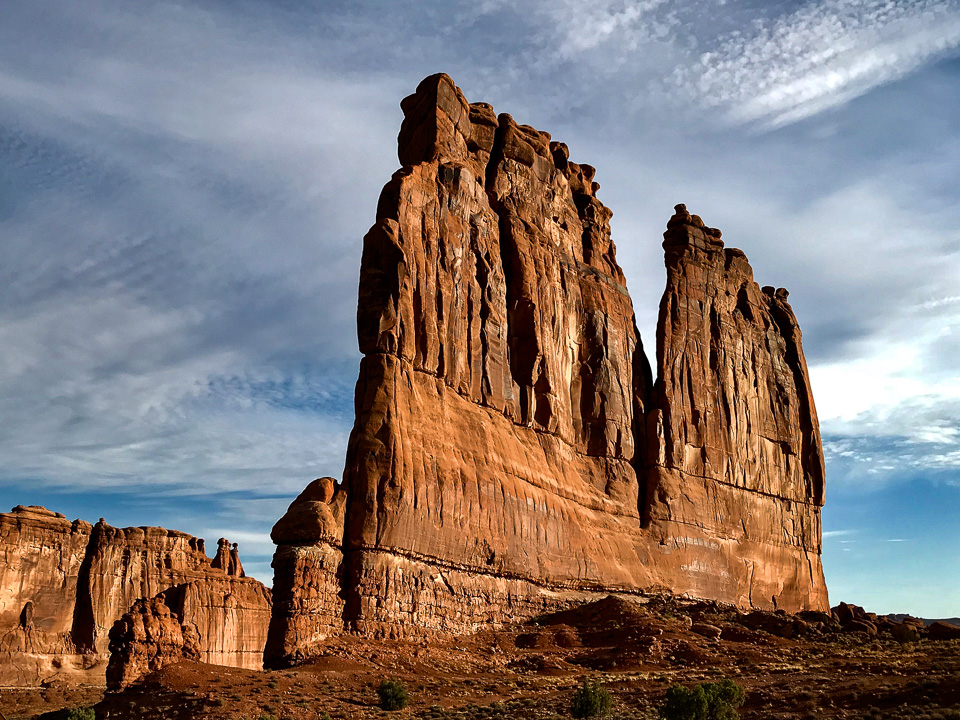
The late Edward Abbey was a seasonal park ranger in Utah’s Arches National Park during the 1960s. He also happened to be a wonderful writer. This book has become, over the decades, a classic with a cult-like following. During his prolonged sojourns in the wilderness, Abbey writes poetically about the the desert, reflecting on the beauty of the landscape and sharing his close observations of animals and plants. It’s part natural history, part encomium, part polemic. . In every chapter, however, Abbey’s reveals his intimate communion with nature.
Abbey writes of the “monstrous and inhuman spectacles of rock and cloud and sky and space” that surround him. He’s enthralled by the sunrise: “Suddenly it comes, the flaming globe, blazing on the pinnacles and balanced rocks, on the canyon walls, and through the windows of sandstone arches. We greet each other, sun and I, across the black void of ninety-three million miles.”
But a lament runs through the book as Abbey despairs over the gradual loss of wilderness. (As he warns in his introduction: “This is not a travel guide but an elegy.”) He fears that man, in his zeal to develop the land, will eventually “isolate himself within a synthetic prison of his own making.” His well-founded concerns are all the more urgent today.
End of the Earth by Peter Matthiessen. (National Geographic Society, Washington D.C., 2003)
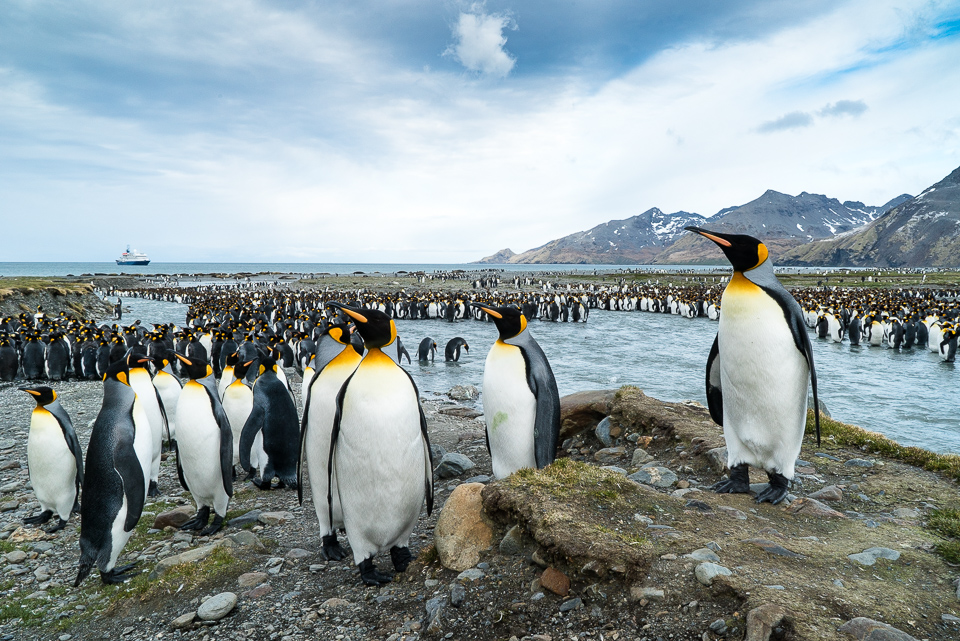
We’ve come full circle to Peter Matthiessen, with whom we began this post.
In End of the Earth, Matthiessen describes his two voyages to Antarctica—one from Tasmania to the Ross Sea and the other from South America to the Antarctica Peninsula by way of the Falkland Islands and South Georgia Island. It’s an homage to a world of austere and surreal beauty.
Matthiessen’s discussion of South Georgia Island resonates with us, since we spend a full week there in 2017. An isolated island in the Southern Ocean, it’s located approximately 600 miles off the coast of South America. In addition to epic landscapes, it has one of the greatest concentrations of wildlife anywhere on the planet. The island’s history and remote ports of call, unfamiliar to most people, are vividly described: Grytviken, Fortuna Bay, Salisbury Plain, Cumberland Bay, Gold Harbor, Drygalski Fjord and others. Just as compelling are Matthiessen’s descriptions of landscapes and animal behavior.
On first sighting South Georgia, Matthiessen describes the profusion of wildlife: “At the mouth of great Cumberland Bay, black cliffs fall steeply to the water, and below the cliffs on rocky beaches, the white breasts of thousands of king penguins shine amid black boulders. Nearer, the sun catches the large, gold ellipses behind each eye on the heads of swimming penguins of this striking species, and also the bright yellow-gold tufts of the much smaller macaroni penguins and the round heads of fur seals, like dark shining stones. Antarctic prions twist past the ship in scattered companies, like brown confetti, while overhead fly kelp gulls and Antarctic terns—the first coastal birds seen since leaving South America.”
Watching seabirds from the deck of his ship, he writes: “One can watch albatrosses for hours, like rough surf or fire … arching down the ocean sky to vanish behind waves, curving high again like hurled white crosses.
But, beyond the wildlife, there was something about South Georgia Island that touched Matthiessen’s soul. Near the end of the book, he recalls renowned polar explorer Ernest Schackleton who wrote of South Georgia, “The air was clean and life was simple.” Matthiessen hears this as a call “to see and feel life clearly—in other words, to simplify one’s self.” He adds: “In the excruciating purity of Antarctica—in the whisper of mingled joy and loss that arises in the heart with humble acceptance of the unknown and unknowable—one might hope at last to arrive at this rare simplicity.” It’s not surprising that Matthiesson later became a Zen Buddhist priest.
The Art of Pilgrimage, The Seeker’s Guide to Making Travel Sacred by Philip Cousineau. (Conari Press, San Francisco, 1998, revised paperback edition, 2012)

A best-selling author, documentary filmmaker and travel professional, Philip Cousineau uses his trip to Cambodia’s Anglor Wat as a framework for discussing how to plan and make pilgrimages.
He explains, “Pilgrimage is a spiritual exercise, an act of devotion to find a source of healing, or even to perform a penance. It’s a journey of risk and renewal with the purpose of finding something that matters deeply to the traveler…a journey without such purpose has no soul.” He writes that his book is for those “who intend to embark on any trip with a deep purpose and are unsure about how to prepare for or experience it.” Accordingly, it’s organized in sections titled: The Longing, The Calling, Departure, The Pilgrim’s Way, The Labyrinth, Arrival, and Bringing Back the Boon.
Cousineau adds, “Integral to the art of travel is the longing to break away from the stultifying habits of our lives at home…to once again truly see the world around us.” He challenges readers, “Try and see your next journey as more than an itinerary, to see it rather as the slow accretion of details. The truth of a journey is there in the strange new voices, the alluring spices in the market you never knew existed, the thrilling moment when your longing is finally fulfilled.”
